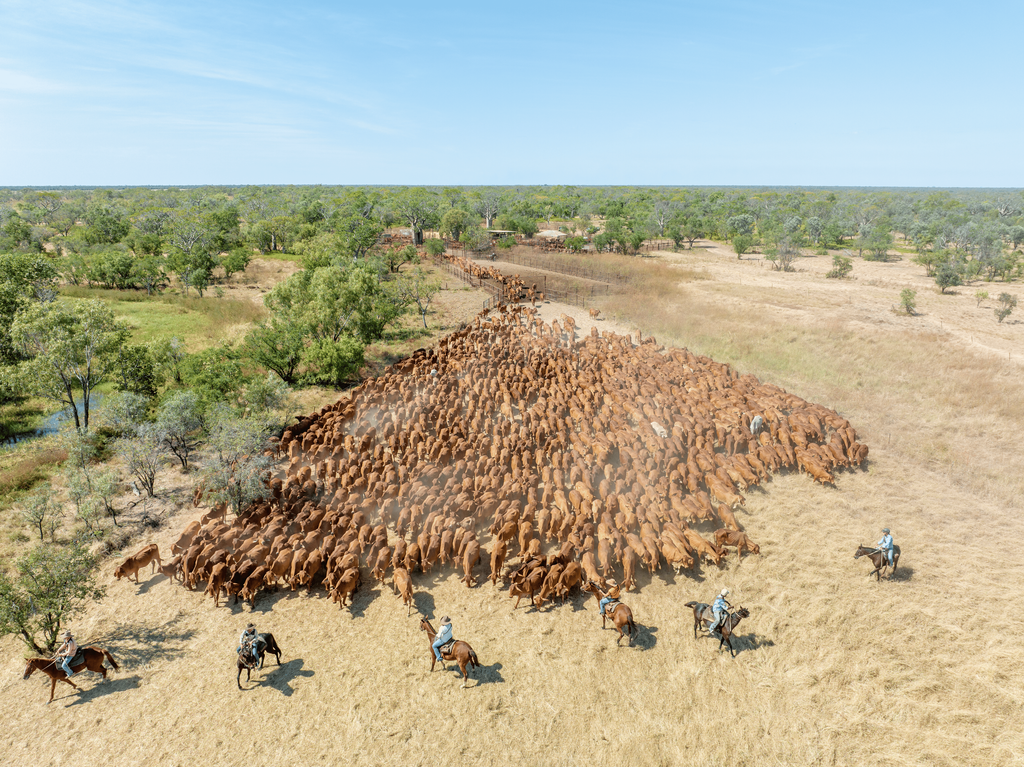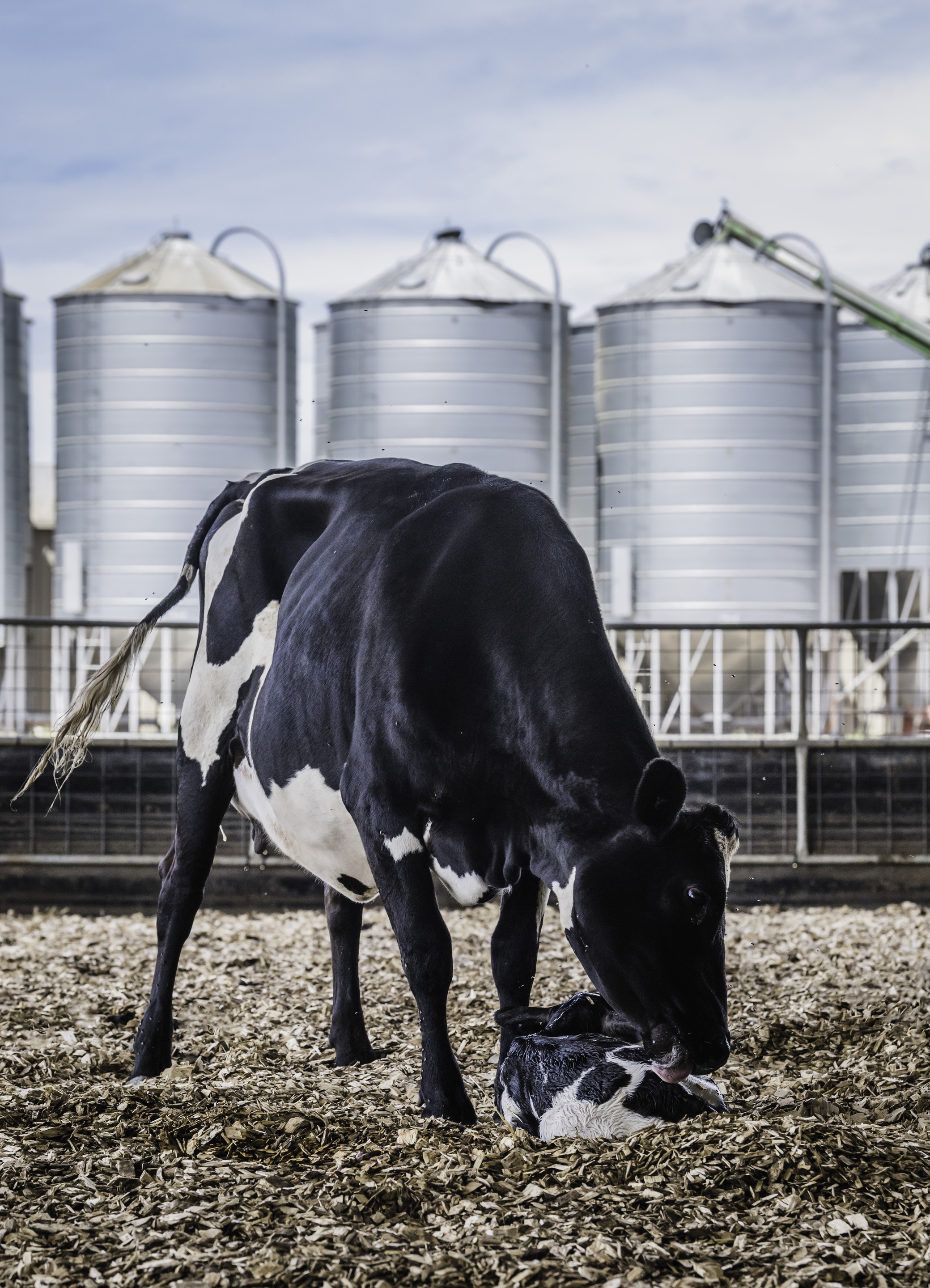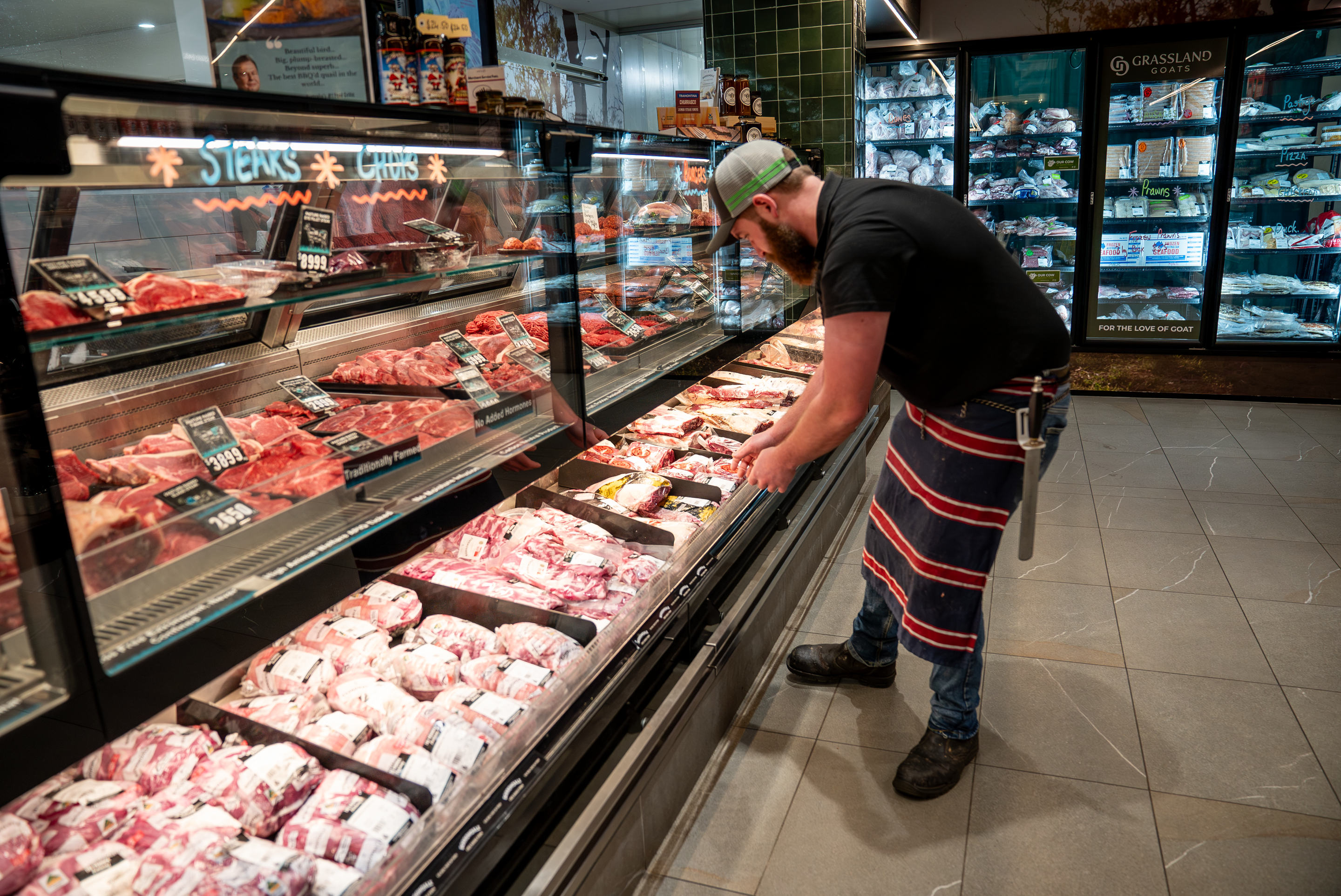How to Use Genetic Data to Dramatically Boost Your Herd's Performance


Studies reveal that genomic selection can accelerate genetic gain by up to 60% compared to traditional breeding methods. This point fundamentally transforms livestock management for progressive producers. The question isn't whether you should embrace genetic data analysis, but rather how quickly you can implement these powerful tools to revolutionise your breeding decisions and your farm’s profitability.
Modern animal breeding has evolved far beyond visual assessment and pedigree charts, entering an era where precise genetic information guides every selection choice. The range covers everything from choosing replacement heifers to identifying superior sires.
This comprehensive guide explores how livestock producers can harness genetic data to enhance productivity, improve animal health, and significantly increase their operation's profitability. All kinds of producers will be covered, whether managing dairy cattle, beef herds, or sheep flocks. Understanding and applying genetic principles no longer requires a doctorate in animal science. Today's tools and testing services make sophisticated breeding programmes accessible to operations of every scale, from small family farms to large commercial enterprises.
Why Genetic Selection is a Game Changer for Your Bottom Line
The economic benefits of genetic selection in animal farming extend far beyond incremental improvements. This approach is almost guaranteed to deliver compound returns that fundamentally reshape operational profitability through accelerated genetic gain and enhanced production traits.
Research demonstrates that genomic selection can reduce generation intervals by 30-50%. With this advancement, livestock producers are now able to achieve genetic improvement at unprecedented rates, while simultaneously improving accuracy in breeding values for young animals from 20% to over 70%.
These advances translate directly into measurable outcomes:
- Dairy herds selected for superior genetics consistently achieve 15-20% higher milk production, with improved protein and fat content
- Beef cattle demonstrate enhanced growth rates, with 10-15% better feed efficiency and superior carcass quality including marbling scores
- Sheep operations report increased wool quality, with finer microns alongside improved reproductive performance
- Across all species, enhanced disease resistance reduces veterinary costs by up to 25%


The reduction in breeding decision risk through Genomically-enhanced Expected Progeny Differences (GE-EPDs) provides producers with confidence when investing in unproven genetics. This will be particularly valuable for stud stock operations where a single sire can influence hundreds of progeny. Furthermore, selecting for resource efficiency traits, particularly feed conversion ratios, addresses both profitability concerns and environmental sustainability, as feed typically represents 60-70% of production costs in intensive livestock systems.
Understanding the Fundamentals of Your Herd's Genetics
Demystifying genetics begins with recognising that every animal carries a unique genetic blueprint within its DNA. Contained in them are thousands of genes that influence everything from growth rates to disease resistance. Understanding these inherited traits will surely empower producers to make informed breeding decisions.
The genome represents an animal's complete genetic information, whilst individual genes control specific characteristics. Modern genomic selection analyses variations in these genes, particularly Single Nucleotide Polymorphisms (SNPs), which serve as genetic markers identifying desirable or undesirable traits. Critical concepts include Estimated Breeding Values (EBVs), which predict an animal's genetic merit for specific traits based on performance data and pedigree information. Another one is Genomically-enhanced Breeding Values (GEBVs), which incorporate DNA testing results for substantially improved accuracy.
Heritability measures indicate how much trait variation stems from genetics versus environmental factors. Highly heritable traits, like carcass quality, respond rapidly to selection. Conversely, less heritable traits like fertility require careful management alongside genetic improvement.
The distinction between genotype (genetic makeup) and phenotype (observable characteristics) proves fundamental, as environmental factors can mask superior genetics. DNA testing proves to be invaluable in overcoming this, as it identifies animals with exceptional genetic potential regardless of their current performance. Understanding these breeding principles enables producers to move beyond traditional selection methods, utilising scientific data to predict which animals will transmit superior genetics to future generations.
A Practical Guide to Implementing Genetic Selection
Establishing a successful genetic improvement program begins with clearly defined breeding objectives aligned with market demands and production system constraints. Technology without strategic direction yields minimal returns on investment.


Step one requires producers to identify priority traits that directly impact profitability within their operation. Determine whether you’re focusing on fertility and calving ease for commercial cow-calf operations, growth rate and marbling for feedlot systems, or milk production and health traits for dairy enterprises. Consider both immediate market requirements and long-term sustainability goals.
Step two involves implementing efficient DNA sampling protocols. Modern techniques offer stress-free collection methods, including tail hair follicles (requiring 20-30 hairs with intact roots), tissue sampling units (TSUs) for ear notching during routine handling, or blood samples when conducting other veterinary procedures. They all provide sufficient genetic material for comprehensive analysis.
Step three transforms raw genetic data into actionable breeding choices, done by interpreting GEBVs alongside traditional performance metrics. The benefits to producers by doing this are many, such as being able to identify superior sires for artificial insemination programmes, select replacement heifers or ewes with optimal genetic potential, and make strategic culling decisions based on genetic merit in place of temporary environmental effects.
Farmbuy's marketplace connects producers with cutting-edge genetic testing services and proven stud stock, streamlining access to animals with verified genetic superiority, whilst providing the tools necessary for data-driven breeding scheme implementation.
Key Genetic Traits to Target for a High Performing Herd
Successful genetic selection requires targeting traits that deliver maximum economic impact within specific production systems.
Beef cattle producers will naturally prioritise fertility traits, including age at puberty and calving ease to ensure consistent calf crops. Simultaneously, they’ll select for growth efficiency, measured through 200-day and 400-day weights alongside feed conversion ratios that directly influence profitability. Carcass quality traits, particularly marbling scores and rib eye area, command premium prices in quality-focused markets, and climate adaptability is becoming increasingly critical as producers seek genetics combining heat tolerance with maintained productivity. This trait is essential for operations facing environmental challenges.
Dairy operations achieve optimal returns by balancing milk production volume with composition traits including butterfat and protein percentages. Health traits like somatic cell scores indicate mastitis resistance, reducing treatment costs and improving animal welfare standards. Reproductive performance in dairy systems depends on traits like daughter pregnancy rate and productive life, ensuring cows remain profitable contributors to the herd for multiple lactations.
Sheep breeding success hinges on wool characteristics, encompassing fleece weight, fibre diameter, and staple strength for wool-focused enterprises. On the other hand, meat sheep operations prioritise growth rates and muscle depth.
For all systems, reproductive traits like the number of lambs weaned are crucial. Parasite resistance, particularly to internal parasites, offers substantial benefits through reduced chemical treatments and improved flock health.


These traits together demonstrate how genetic selection addresses both productivity and sustainability challenges facing modern livestock producers.
Putting Genetic Insights Into Action
The transformation from traditional breeding practices to data-driven genetic improvement represents not merely an operational upgrade, but a fundamental shift in how producers approach herd management and long-term sustainability.
Starting with a focused approach, perhaps testing replacement heifers or potential sires initially, allows producers to witness firsthand the accuracy improvements and economic benefits. Executing this before expanding the programme across the entire herd will allow you to build confidence and expertise gradually.
The integration of genetic data with traditional stockmanship creates a powerful combination, where visual assessment and hands-on experience complement scientific precision. This will ensure breeding choices reflect both genetic potential and practical production requirements.
Farmbuy facilitates this transition by offering comprehensive resources for genetic testing interpretation. Producers will then be allowed to connect with qualified genetics consultants and be provided with access to genetically superior livestock for sale from verified stud farms across the country. Modern software platforms streamline data management, enabling producers to track genetic trends, predict breeding outcomes, and optimise mating schemes without requiring extensive technical expertise. Through services like these, sophisticated genetic improvement is made accessible regardless of operation size.
The compound nature of genetic gain means decisions made today influence productivity for generations, positioning genetic analysis as an essential investment, and not an optional expense. This stands truer as consumer demands for high-quality animal products continue intensifying, whilst input costs and environmental pressures challenge traditional production methods.
Frequently Asked Questions
What is the typical cost of genomic testing for livestock?
Genomic testing costs vary considerably depending on the species, test comprehensiveness, and volume. They typically range from $25-50 for basic parentage verification to $100-200 for comprehensive genomic profiles, including multiple production traits. Volume discounts often apply for larger submissions, and many producers find the return on investment through improved selection accuracy and accelerated genetic gain justifies the initial expense, particularly when testing potential breeding animals.
How quickly can I expect to see results from implementing genetic selection?
Genetic test results typically return within 2-4 weeks from sample submission, but the timeline for observing production improvements depends on the traits selected and generation interval of your livestock species. High heritability traits like growth rate or milk production may show measurable improvements within one generation, whilst less heritable traits like fertility require multiple generations of consistent selection to achieve significant gains.
Is there a difference between genetic selection and GMO technology?
Genetic selection works exclusively with naturally occurring genetic variation within species, identifying and selecting animals with desirable gene combinations already present in the population. GMO technology involves inserting foreign DNA from other species. Farmbuy supports traditional genetic improvement through selective breeding, which has been practised for centuries but is now enhanced through scientific understanding of DNA markers and inheritance patterns.
What genetic traits should small-scale producers prioritise?
Small-scale producers should focus on traits delivering immediate economic impact with minimal management changes. These should include fertility and ease of calving/lambing to ensure consistent offspring production, disease resistance to reduce veterinary costs, and temperament for safer handling. Feed efficiency proves particularly valuable for smaller operations where every input cost matters, while product quality traits can help capture premium markets.
How do I interpret and apply genetic test results effectively?
Understanding genetic test results requires focusing on the selection index relevant to your production system, which combines multiple traits weighted by economic importance. Meanwhile, individual trait EBVs or GEBVs indicate an animal's genetic merit compared to breed average. Many breed societies and genetic service providers offer interpretation support, and Farmbuy's network includes genetics consultants who can help translate complex data into practical breeding decisions tailored to your goals and production environment.







